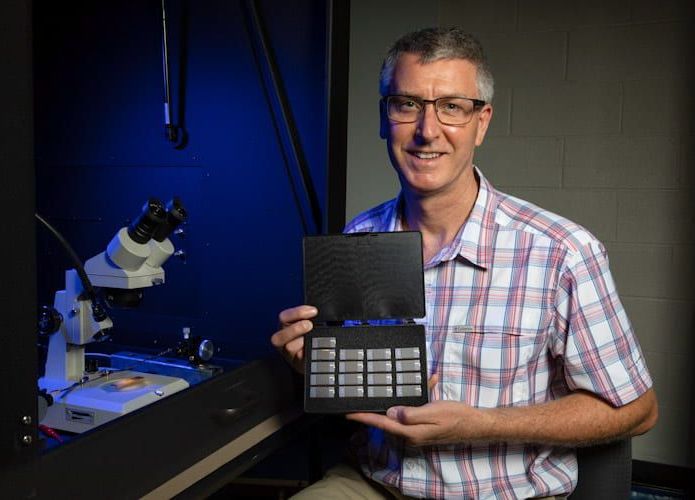New technology could deliver “clean, limitless, low-voltage power for small devices”.
The rippling thermal motion of a tiny piece of graphene has been harnessed by a special circuit that delivers low-voltage electrical energy. The system was created by researchers in US and Spain, who say that if it could be duplicated enough times on a chip, it could deliver “clean, limitless, low-voltage power for small devices”.
Brownian motion is the random movement of a tiny particle that is buffeted by atoms or molecules in a liquid or gas – and the idea of harnessing this motion to do useful work has a long and chequered history. In the early 1960s, the Nobel laureate Richard Feynman popularized a thought experiment known as the “Brownian ratchet”, which had been conceived in 1912 by the Polish physicist Marian Smoluchowski. This involves a paddle wheel that is connected by an axle to a ratcheted gear. Both the paddle wheel and the ratchet are immersed in fluids. The system is imagined as being small enough so that the impact of a single molecule is sufficient to turn the paddle. Because of the ratchet, the paddle can only turn in one direction and therefore it appears that the Brownian motion of the paddle can be harnessed to do the work of turning the axle.
However, Feynman showed that if the two fluids were at the same temperature, collisions throughout the system would prevent this from happening. The only way work could be done, argued Feynman, is if the fluids are a different temperature, making the Brownian ratchet a heat engine.
